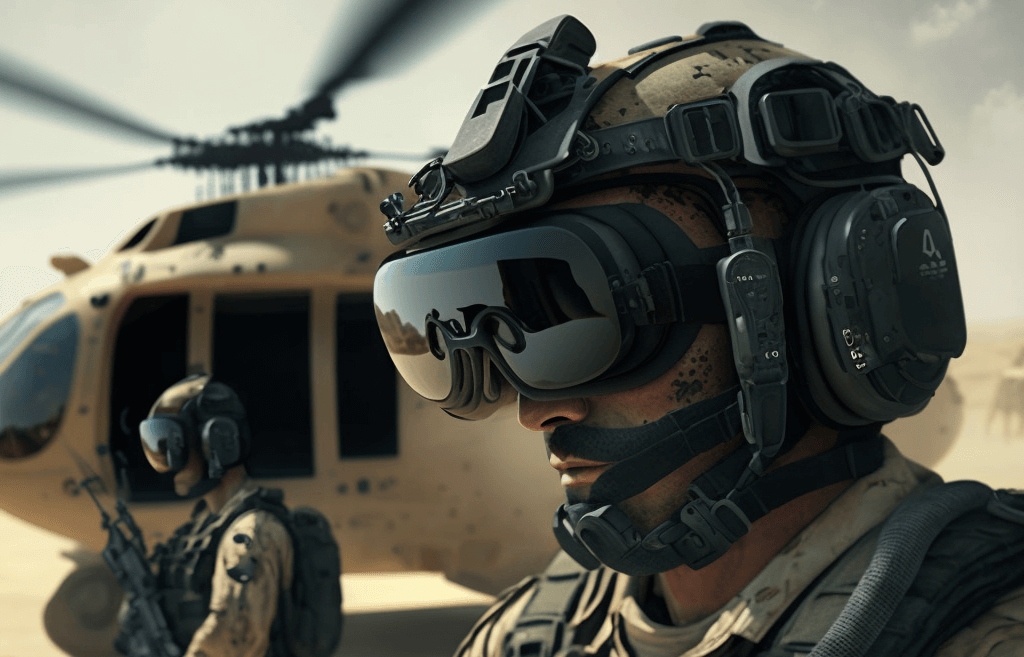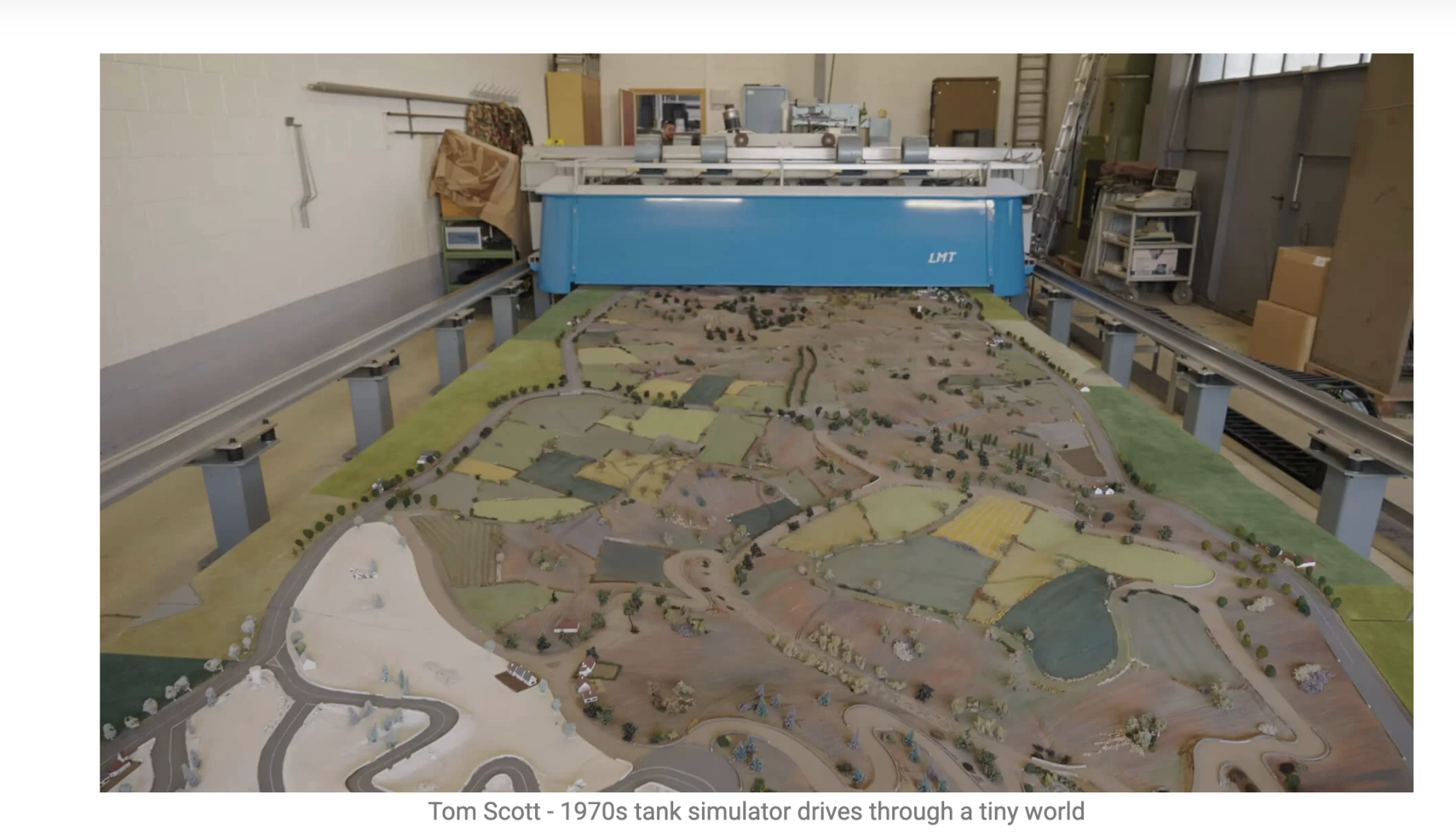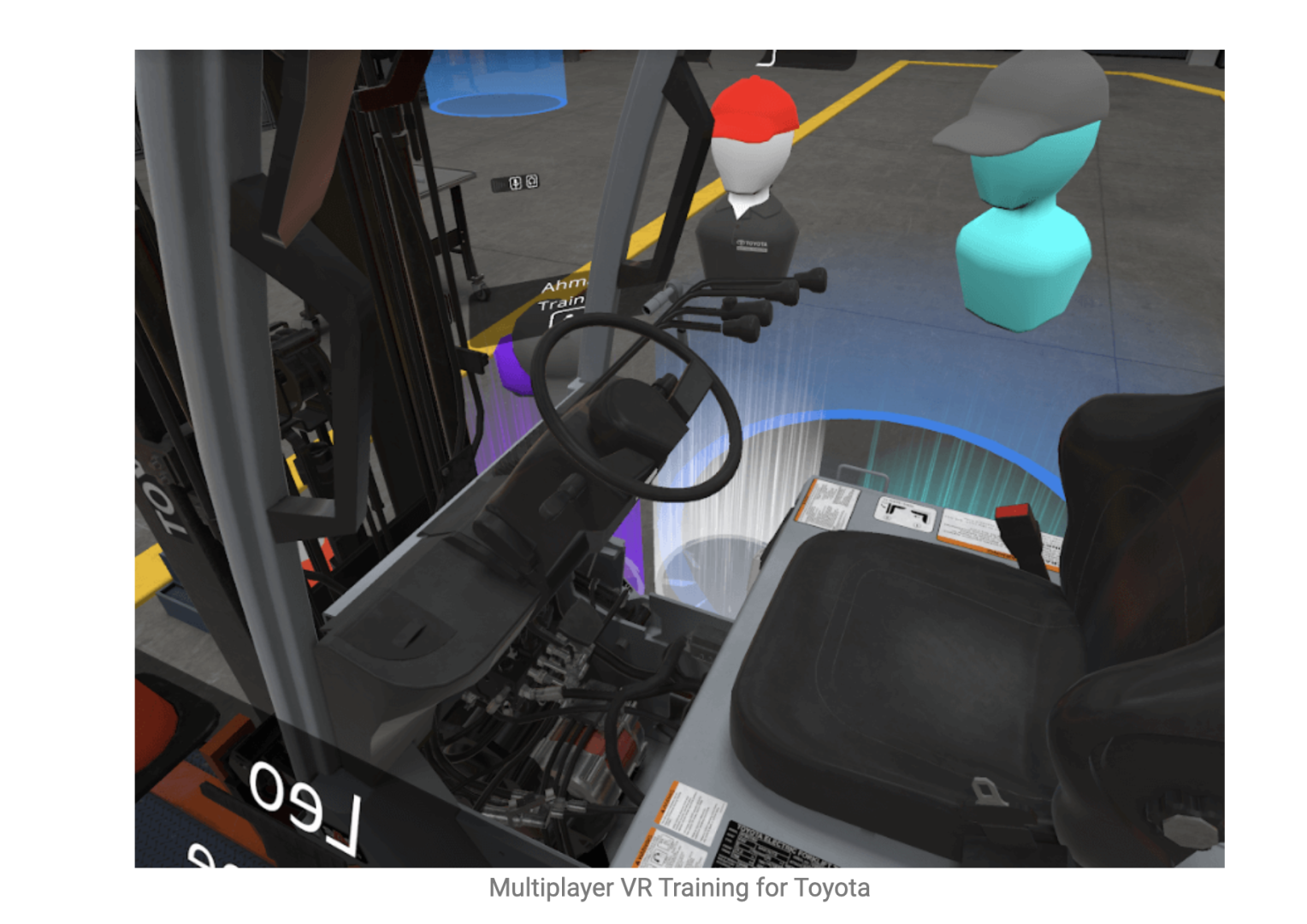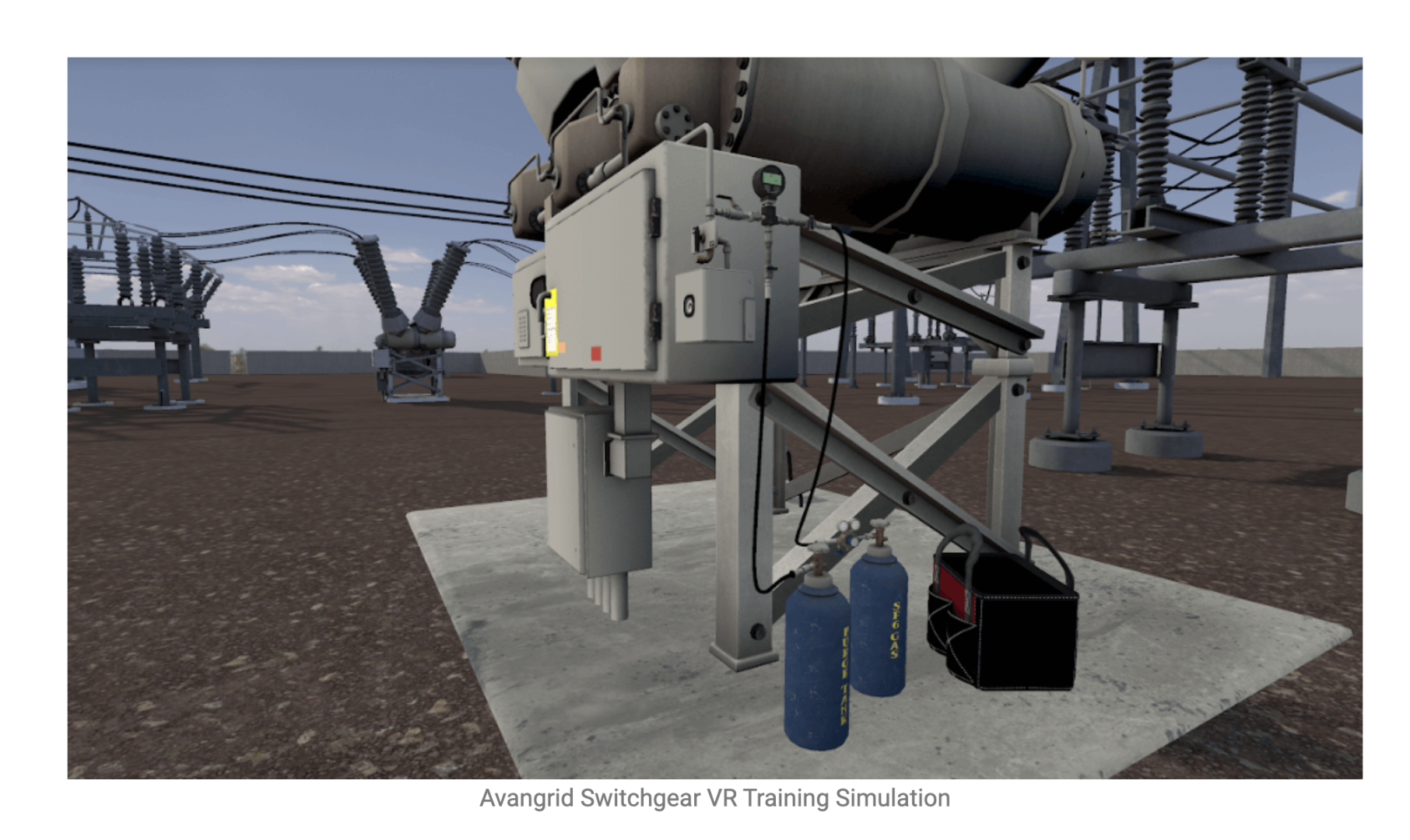Comments
- No comments found

Virtual reality (VR) simulations are increasingly being recognized as a game changer for the defense sector.
Here are some reasons why:
Realistic Training: VR simulations can provide realistic and immersive training experiences for military personnel. They can simulate various scenarios, from combat situations to medical emergencies, and allow trainees to practice their skills in a safe and controlled environment.
Cost Savings: VR simulations can significantly reduce the costs associated with traditional training methods. For example, live-fire training exercises require expensive ammunition and can be dangerous, while virtual simulations can provide a similar experience without the associated costs and risks.
Accessibility: Virtual reality simulations can be easily accessible and scalable, allowing large numbers of trainees to access the same training modules simultaneously from anywhere in the world.
Data Collection: VR simulations can collect data on trainee performance, which can be used to improve training methods and identify areas where further training may be needed.
Risk Mitigation: By providing a safe environment for training, VR simulations can mitigate risks associated with traditional training methods. This can reduce the risk of injury or death to military personnel during training exercises.
Virtual reality simulations have the potential to revolutionize the way military training is conducted, making it safer, more effective, and more efficient. As the technology continues to evolve, we can expect to see even more advanced simulations that can further enhance military training and readiness.
In this article, I’m going to take a look at how the defense sector has used technology for training, and how advancements in technology have started to open up new avenues for innovation, specifically when it comes to training and simulation. As technology continues to advance, virtual reality (VR) simulations are becoming increasingly prevalent across various industries, including the defense sector.
By providing realistic and immersive training environments, VR simulations offer a safe and cost-effective way for military personnel to hone their skills and prepare for real-life scenarios. In this blog post, we will explore how virtual reality simulations are revolutionizing the defense sector and the ways in which they are enhancing the effectiveness of military training programs.

However, there has been a significant gap in simulation training for maintenance and repair tasks, which can often be crucial in ensuring the readiness of these vehicles. This gap has now been filled with the advent of Virtual Reality (VR) simulations.
VR simulations have the advantage of being significantly different from traditional simulations in that they allow for hands-on motor skill development, opening panels and using tools on the equipment as well as most importantly multiplayer capabilities.
Multiplayer in maintenance and repair for defence is a game changer as it allows for trainers and trainees to collaborate in real-time using digital doubles, simulating real-world scenarios and testing their skills in a hazard-free environment while being remote as can be seen in the below example from Toyota.

The potential benefits of VR simulations that are specific to the defence sector are numerous.
Eliminating travel costs as personnel no longer have to travel to centralized training facilities. They can participate in training exercises from any location, as long as they have access to the necessary VR equipment.
Allow for the connection of trainers and trainees from different geographies, enabling a seamless and more efficient training process. This is especially useful in today’s globalized military, where personnel are often stationed far from their home countries and central training facilities.

Reduce the usage of material and parts in training exercises. In traditional simulations, trainees often use real equipment and materials, leading to wear and tear that reduces the operational readiness of military equipment. With VR simulations, digital doubles of equipment and materials are used, eliminating the need for physical parts and reducing the cost of training.
VR simulations also allow for the confidential testing of specific systems and materials. In traditional simulations, equipment and materials are often openly displayed, compromising their confidentiality and security. With VR simulations, these can be kept confidential, reducing the risk of sensitive information being compromised.

In conclusion, VR simulations are a game-changer for the defence sector. With their ability to connect trainers and trainees from different locations, reduce the usage of materials and parts, and keep specific systems and materials confidential, VR simulations are a cost-effective and efficient way of training personnel in the maintenance and repair of military equipment. The defence sector is sure to reap the benefits of VR simulations for years to come.
Leave your comments
Post comment as a guest